Are you looking for somewhere special to eat when you come to London? The Michelin star system is considered the gold standard by which eateries are judged. All Michelin inspectors are anonymous and many are unknown even to the company’s directors. They are not allowed to tell their parents what they do in case these parents boast about it and the secret is revealed. They are anonymous and thorough, paying for their own meals and claiming the cost back from the company later so they are completely unbribable.
Not everyone in the eating business likes the Michelin star system, however. The chef Bernard Loussou is thought to have committed suicide after it was rumoured that his restaurant La Cote d’Or in France had lost one of its Michelin Stars. Moreover, Marco Pierre White, the first chef in Britain to be awarded three Michelin stars, gave them up, saying that they increased customer expectations and placed too much pressure on him.
Nevertheless, being awarded a Michelin star (or two or three) is still regarded as the holy grail of restaurant accreditation. The system began in 1900 when the Michelin tyre company thought that a series of guide books would encourage people to use this new machine called the motor car. They concentrated on France originally but have now spread around the world. Most of the guide books are issued digitally, but you still see people consulting their green or red Michelin books to find the best places to eat at or to visit on their travels.
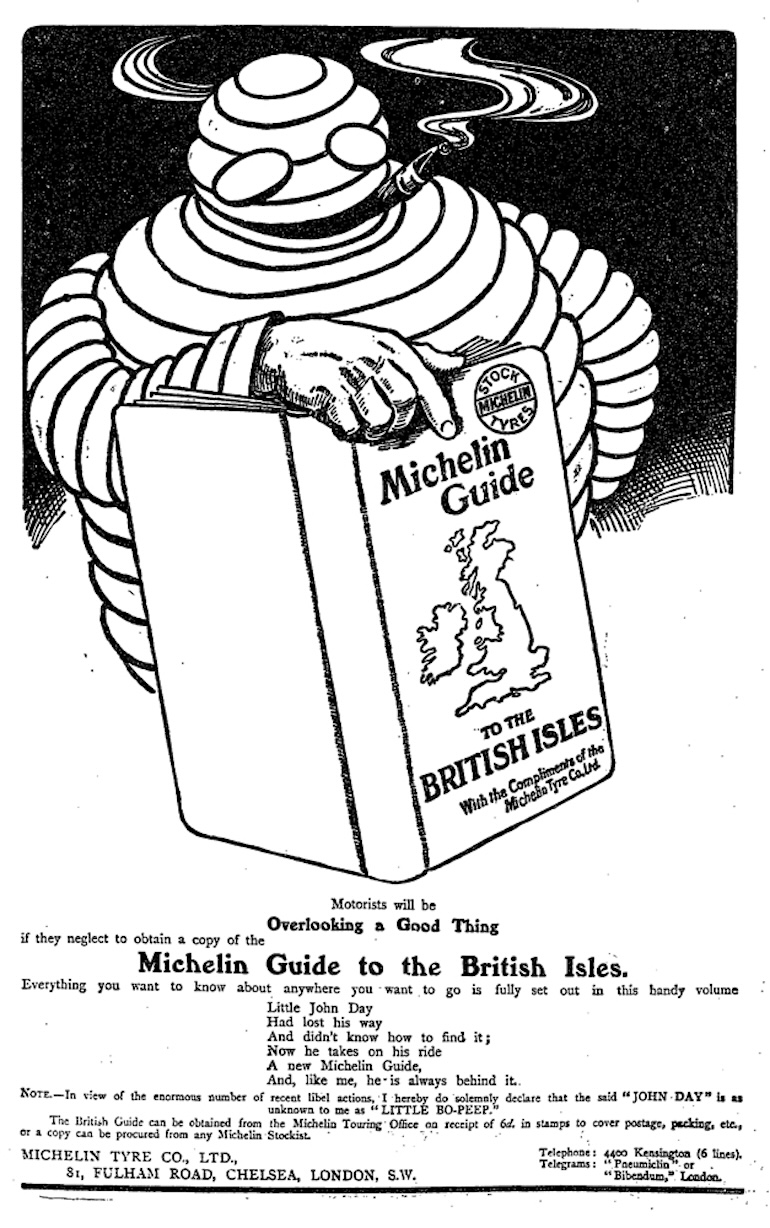 The 1911 Michelin Guide for the British Isles. Photo Credit: © Public Domain via Wikimedia Commons.
The 1911 Michelin Guide for the British Isles. Photo Credit: © Public Domain via Wikimedia Commons.
Notable Michelin-Starred Restaurants in London
In 2025 London had eighty-five Michelin starred restaurants – out of 206 in the UK (up from 187 in 2024). This, however, pales into insignificance compared to France (639) and Italy (395). At the time of writing, a new restaurant has just been given a Michelin star. There would be little reason to mention this except Plates is a vegan restaurant and serves only plant-based food, eschewing any meat or dairy products in its cuisine.
Plates was founded by Kirk Haworth together with his sister Keeley in 2017. He was trained as a traditional chef and chose to set up his own restaurant in Old Street near the part of London called The City. Old Street has a thriving digital computer industry and many young programmers like to work there, often using bicycles to get to work. Veganism is thriving amongst this set and Haworth presumably thought that he would find a good clientele amongst them. He is not at all passionate about veganism and adopted it simply because he suffered from a condition known as Lyme’s disease and thought it could help him. ‘It is all about the flavour’, says Haworth, who thinks that the word ‘veganism’ could be retired now.
At the time of writing (early 2025) six three-star Michelin restaurants can be found in London:
- Gordon Ramsay Restaurant in Chelsea, which has held its three stars for longer than any of its rivals (since 2001, soon after it opened in 1998);
- Sketch in Conduit Street, which can be found in a listed building in Mayfair designed by the architect James Wyatt, whose nephew Jeffrey Wyattville redesigned much of Windsor Castle;
- Helene Darrozze Restaurant at the Connaught hotel (also in Mayfair);
- Alain Ducasse Restaurant at the nearby Dorchester hotel in Park Lane;
- Core in Notting Hill, which is also run by a female chef, Clare Smyth, in what has traditionally been a male-dominated industry;
- The Ledbury, which is also in Notting Hill, and is the most recent eatery to be given three stars, regaining them after being closed temporarily due to Covid-19.
 Behind the scene at Restaurant Gordon Ramsay in London. Photo Credit: © Gordon Ramsay Restaurants.
Behind the scene at Restaurant Gordon Ramsay in London. Photo Credit: © Gordon Ramsay Restaurants.
Other British restaurants to have three Michelin stars are The Waterside Inn in Bray, Berkshire which was founded by brothers Michel and Albert Roux and is now run by Michel’s son Alain; The Fat Duck, also in Bray, which was founded by Heston Blumenthal and is where he pioneered his distinctive ‘molecular’ style of cooking; and L’Enclume, the only restaurant outside London and the south of England, which is in Cartmel in Cumbria in the north west of the country. L’Enclume (which means ‘the anvil’ in French) was opened in 2002 and is run by chef Simon Rogan and his partner Penny Tapsell. Apart from its Michelin three star rating, it has been selected as the best restaurant in Britain by The Good Food Guide for four years in a row. Most of its product comes from the twelve-acre farm nearby owned by Rogan and Tapsell.
Simon Blumenthal’s famous Fat Duck restaurant was closed for a month in early 2009 after a norovirus outbreak which was traced back to some oysters which were raised in sewage-infected beds. Over 500 people complained of feeling ill after eating at The Fat Duck, but bookings still remain high in a restaurant that moved from one to three Michelin stars faster than any other had done. One of its famous dishes is an egg and bacon flavoured ice cream pioneered by Blumenthal.
Many restaurants are connected to London’s top hotels as having a major chef working at the establishment is thought to enhance its reputation. The Ritz in Piccadilly is one such place. It is a five-star luxury hotel founded in 1906, eight years after the Ritz in Paris. Mrs Thatcher spent her last months there, living free as a guest of the Barclay brothers who then owned the Ritz. (It is now owned by a Qatari company.) The restaurant has been described as ‘the most beautiful in the world’ and it is famed for its afternoon teas (which are served throughout the day) but this famous hotel had to be satisfied with just two Michelin stars.
With a system honed over many years and using anonymous inspectors who are unbribable, Michelin stars are still considered by many to be the ultimate assessment of a restaurant.
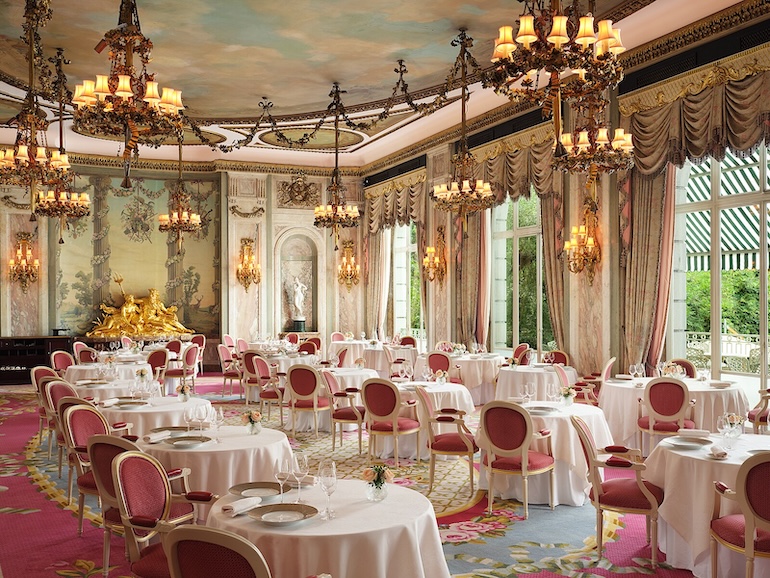 The Ritz Restaurant in London. Photo Credit: © RT6HPU via Wikimedia Commons.
The Ritz Restaurant in London. Photo Credit: © RT6HPU via Wikimedia Commons.



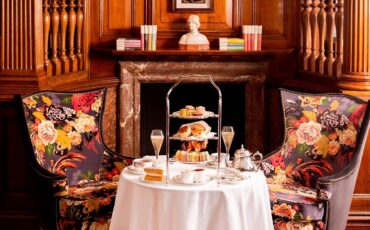
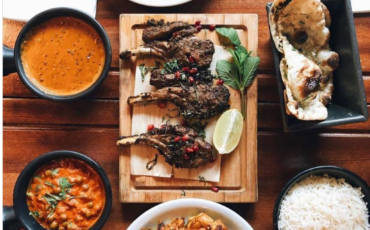

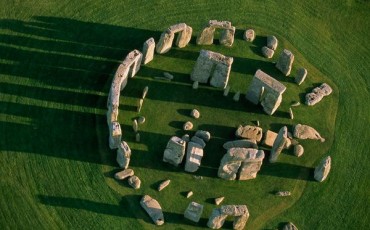
Leave a Reply